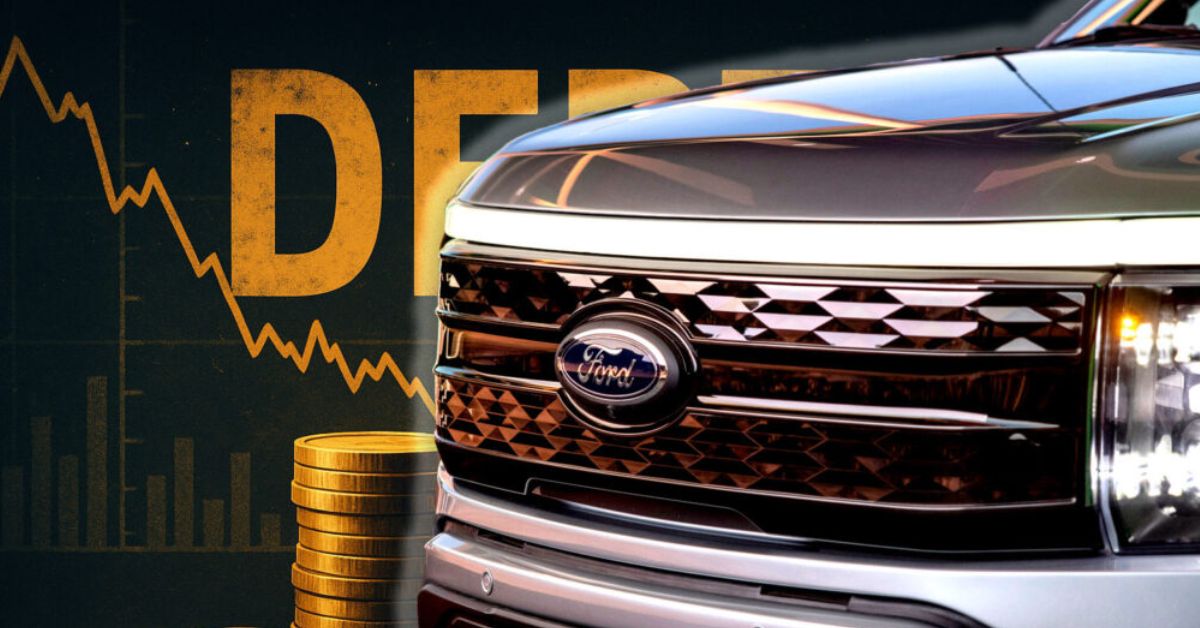In 2025, the American dream of car ownership is colliding head-on with a harsh financial reality. Auto loan debt in the United States has ballooned to a staggering $1.66 trillion, and the fallout is becoming impossible to ignore. Defaults, delinquencies, and repossessions are surging across the board—not just among subprime borrowers, but even those with solid credit histories. The crisis is no longer a niche issue; it’s a flashing red warning light for the broader economy.
🚗 The Cost of the Commute
For many Americans, a car isn’t a luxury—it’s a lifeline. It’s how they get to work, drop kids at school, and access essential services. But the price of that mobility has skyrocketed. The average monthly car payment now sits at $745, with nearly 20% of buyers saddled with bills exceeding $1,000. Combine that with inflation, rising interest rates, and stagnant wages, and it’s no wonder that more people are falling behind.
Even more troubling is the length of these loans. Nearly one in five new car buyers in early 2025 signed up for seven-year loans. That’s a long financial commitment for a depreciating asset—especially when used car prices have risen 6.3% year-over-year2. Many borrowers now find themselves “underwater,” owing more than their vehicles are worth.
📉 Defaults on the Rise
Delinquency rates are climbing fast. LendingTree reports that 5.1% of Americans are now delinquent on auto loans, with nearly 1% over 90 days late. Subprime delinquencies have surpassed levels seen during the 2008 financial crisis3. But this time, it’s not just the subprime segment that’s struggling. Prime borrowers—those with good credit—are also falling behind, a sign that financial stress is spreading across income brackets.
Repossession rates have jumped 43% between 2022 and 2024. That’s not just a statistic—it’s a wave of families losing their vehicles, and with them, their ability to earn, commute, and function in daily life.
🧠 Behavioral Red Flags
Experts warn that missed car payments are more than just a personal finance issue—they’re a behavioral signal of deeper economic strain. As finance analyst Jim Osman puts it, “You don’t default on your way to brunch. You default when the math stops working”. People will skip meals, delay rent, and juggle credit cards before they miss a car payment. So when defaults rise, it’s a sign that households are already in crisis mode.
This pattern mirrors the early stages of past financial downturns. First, credit cards. Then cars. Then homes. Right now, America is squarely in the middle of that curve.
🏦 Where Are the Regulators?
The Consumer Federation of America (CFA) has sounded the alarm, calling the auto finance system “at breaking point”. Their report, “Driven to Default,” criticizes Congress and federal watchdogs like the Consumer Financial Protection Bureau (CFPB) and the Federal Trade Commission (FTC) for stepping back from oversight just when they’re needed most2.
Among the CFA’s concerns are exploitative practices like interest-rate kickbacks, where dealers and lenders conspire to inflate rates and split the profits. These tactics disproportionately hurt lower-income buyers and those with limited financial literacy.
Despite record-high complaints about auto loans, the CFPB’s budget has been slashed, and the FTC has not brought a single case against a car dealer in recent years. The lack of enforcement has allowed predatory lending to flourish unchecked.
💡 Is There a Way Out?
Some argue that the solution lies not just in policy but in personal choices. Buying older, well-maintained vehicles instead of new ones with hefty loans could help consumers avoid financial traps. Breaking the lease habit and resisting the allure of luxury trims may be a smarter move in today’s economic climate.
But individual decisions alone won’t fix a broken system. Policymakers must step up to regulate lending practices, improve transparency, and ensure that consumers aren’t being set up to fail. Interest rate relief, tighter dealer oversight, and financial education initiatives could go a long way in reversing the trend.
🔍 A Broader Economic Warning
Auto loan defaults aren’t just a car problem—they’re an economic problem. When millions of Americans can’t afford their vehicles, it signals deeper issues in affordability, wage growth, and consumer protection. The auto market is often a bellwether for broader financial health. And right now, the bell is ringing loud.



